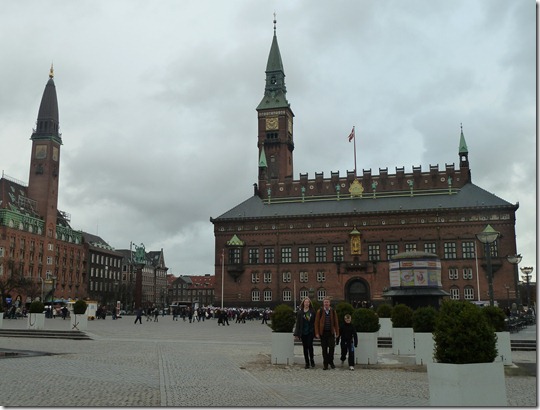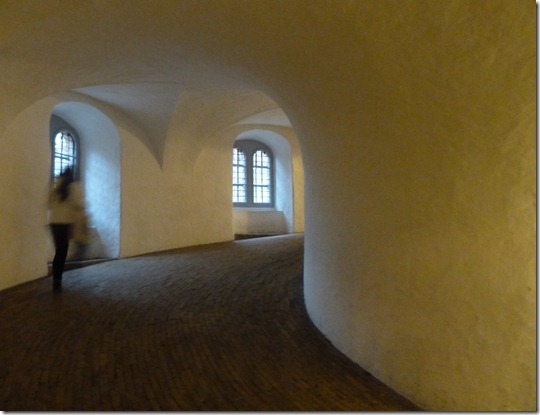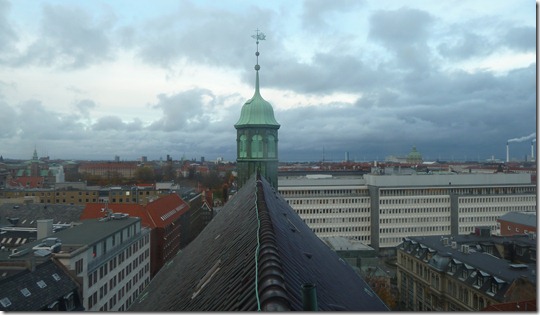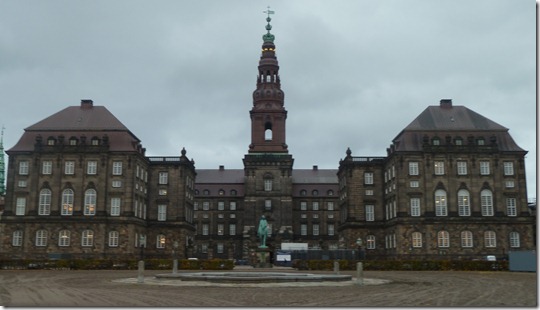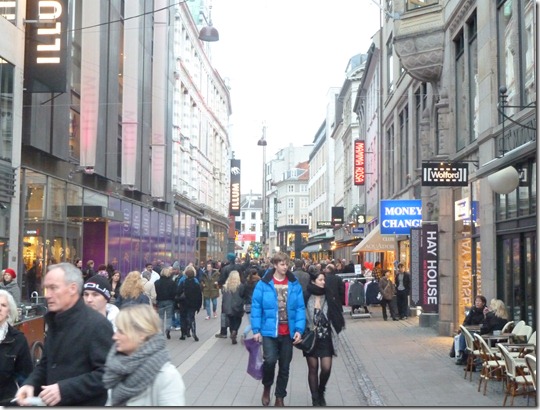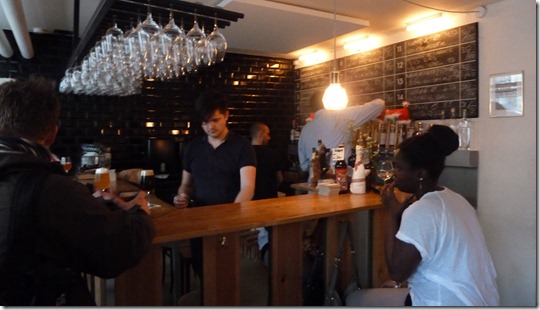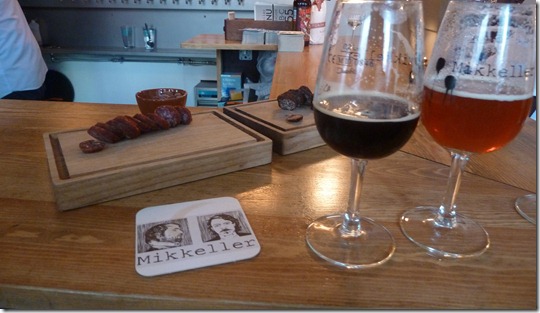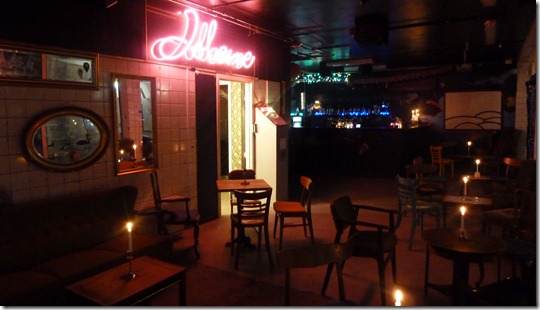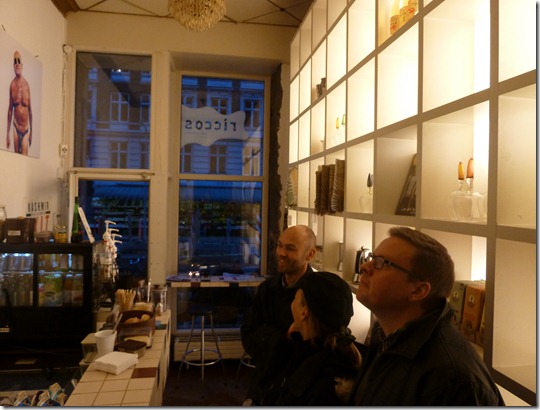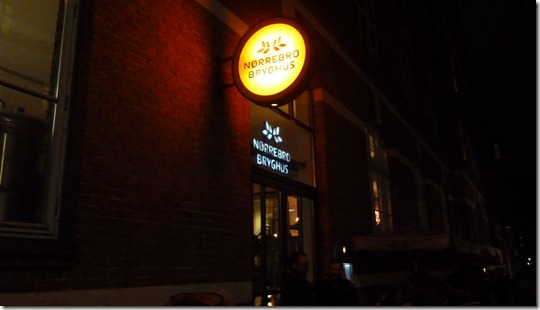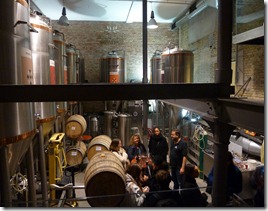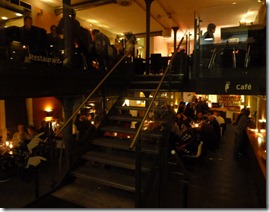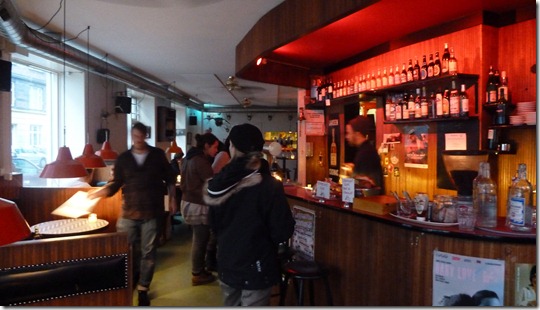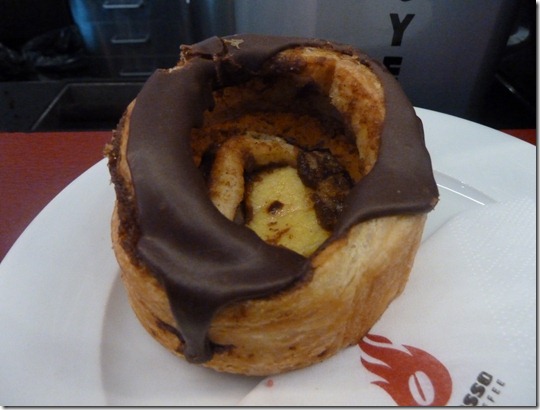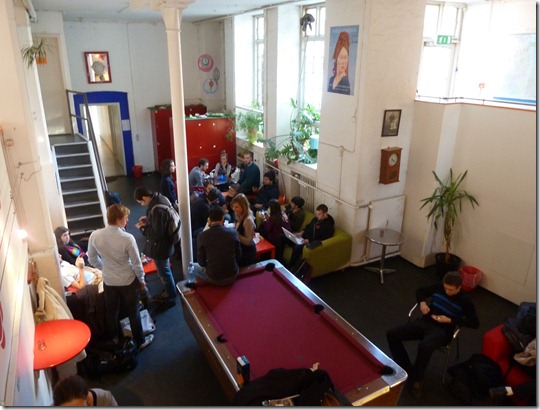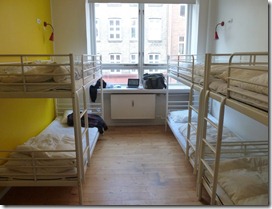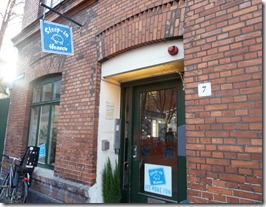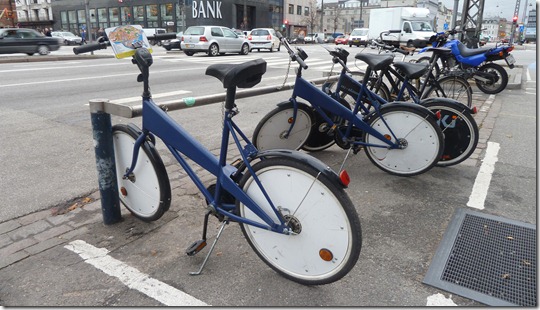Copenhagen is billed as one of the most environmentally proactive, sustainable and gastronomically diverse cities in the world. It’s a Scandinavian city with its own unique identity and culture, boasting a vibrant mix of immigrant influenced boroughs and neighbourhoods that surround the historical medieval centre, home to the world’s oldest monarchy.
They’re crazy about their bikes (of the ~530,000 people living in Copenhagen, there are 560,000 bikes!) and the water in the harbour is so clean you can swim in it in summer.
I ventured to Copenhagen at the start of November to attend Travel Blog Exchange Europe, a 3 day conference that brings together bloggers and industry representatives from across Europe to network and learn more about giving you guys the best travel stories possible.
Things to See and Do
Steeped in a Scandinavian history rich with conflict and maritime success and failure, most of the important sites in Copenhagen are within Indre By (the inner city) – the area within the city’s former walls.
City Hall/RÃ¥dhuspladsen
Without a doubt the most dramatic and awe inspiring sight you will immediately witness in Copenhagen, the City Hall and main square is located smack bang in the centre of the city.
The city hall was inspired by the city hall of Siena in Italy and actually looks much older than it is, having been completed in 1905. You can walk around the side and enter the central courtyard to check out the intricate attention to detail in the facade.
Nyhavn
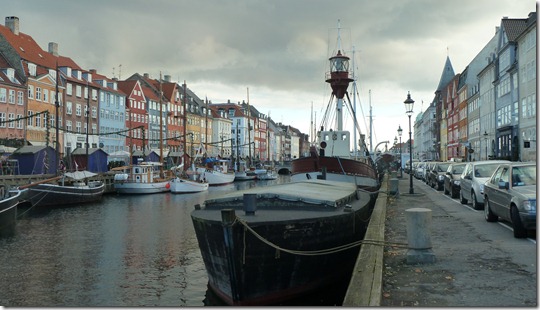
Nyhavn, the quintessential picture postcard snapshot of Copenhagen. The slender canal, filled with all manner of boats and lined with colourful houses makes for a relaxed way to meander and take in the maritime nature of this city. In the summer months, it’s a great place to stop and have a beer.
Round Tower (Rundetårn)
Built in the 17th century, this tower with a unique helical ramp-corridor that twists its way up was a project of Christian IV and was built as an astronomical observatory.
It features amazing 360 degree views of Copenhagen, including all the way out to the Malmö bridge connecting Denmark with Sweden. Entry costs approximately DKK 75.
Christiansborg/Slotsholmen
Slotsholmen (meaning castle inlet) is an artificial island and the site of the first fortification in the city. It’s home to Christiansborg, the Danish Parliament building. It was finished in 1928 after 11 years of construction and is an excellent example of neo-baroque architecture.
It’s the 5th construction on this site, and you can venture below to see the foundations of the original castle built in the 12th century. It’s open free to the general public, including the Parliament halls but entry to the ruins underneath is DKK 40.
Strøget
Claimed to be the longest shopping strip in Europe, it’s a set of connected, pedestrianised streets teaming with shopping outlets housed in impressive historic buildings.
You will find your usual H&M and other typical chain stores here, so my tip is to stray off into the side streets. The more independent and interesting places are scattered around here and sell everything from model cars to the finest in Danish designed deck chairs.
Food/Drink
Copenhagen has an absolute plethora of amazing restaurants, cafes and bars that cater for an incredibly vast palate of tastes. From fine bespoke Scandinavian fare to your good old ubiquitous kebab, Copenhagen will keep you gastronomically satisfied all weekend.
A vibrant coffee culture exists throughout the city to ensure your caffeine levels never falter and there’s no shortage of excellent bars and breweries to keep the amber ale flowing.
Here’s my recommendations for food, beer, wine and everything else in between in Copenhagen.
Mikkeller Bar
When I first stepped foot in this place in Vesterbro, I knew it was somewhere special. With 15 beers on tap at any time, they can sort out even the most discerning of beer connoisseurs.
I was told that once a bloke tried to make it from the 1st beer to the 15th beer, only to make it to 12 before quietly excusing himself as he was beyond the term “absolutely destroyedâ€. It gets packed during the nights and crowds spill out onto the street, but it’s totally worth it. If you go during Christmas, try the Santa’s Little Helper. It will without a doubt give you a new idea of what beer tastes like. Located at Viktoriagade 8 in Vesterbro, more info at www.mikkeller.dk.
Jolene
Located up the verrrrry back of the Meatpacking District in Vesterbro (Flæsketorvet 81-85), this cool little bar is great for a late night drink. With its kitschy wallpaper and fairy lights, this really is an awesome place to round off the night at.
It doesn’t pick up till 12am-1am, but the DJs here start off with cruisey tech-house before stepping it up to get the good sized dance floor heaving. The bar is well stocked with lots of different beer and spirits and the staff are friendly.
Ricco’s Kaffebar
Blink and you’ll miss this place at Istedgade 119. The man responsible for the rise of coffee culture in Copenhagen started it here years ago and continues to make sensational coffee. Check out the very cool cups they serve coffee in here, you’ll be taken aback for a second.
Nørrebro Bryghus
Opened in 2003 and housed in a former metal factory at Ryesgade 3, the Nørrebro Bryghus contains a fully functioning brewery along with a cafe and restaurant serving up all their own amazing beers. I recommend the cafe if you want a good burger or steak. It also spots an outdoor beer garden to get your sunny beertimes on during the summer.
Cafe Dyrehaven
What used to be a bodega frequented by old guys is now a really chilled out bar on Sønder Boulevard 72 in Vesterbro. Serving good quality pub meals of generous proportion with a selection of local beers, Dyrehaven is a top choice for lunch. They also do the traditional Danish open-face sandwich, smørrebrød and have free wifi.
…and the Traditional Danish
Pick up one of these puppies from many locations around the city for an omgchocolatecustard moment. The Baresso coffee chain is where I got this one, and it was tip top.
How to get there
easyJet fly direct to Copenhagen from London Stansted and Gatwick airports. They fly to CPH’s new “CPH Go†low cost carrier terminal, not the main terminal. It is a fair walk from the main terminal buildings, but at least it’s not eleventy million kilometres away like some low cost carrier airports and this means you get quick connections into Copenhagen.
SAS and British Airways are options if you prefer the full service route, both departing from London Heathrow.
Getting from the Airport to the City
Getting from CPH to the city is super easy. Simply follow the signs to the metro from the terminal and select a “ticket to city centre†(which covers zones 1,2 and 3) from the machine, and costs just over DKK 30.
TIP: Beware that these machines only take coins or chip-and-pin card (it declined my card when I tried), so make sure you have change before you hike from the terminal to the metro station (which is about a 5 min walk).
A bit of orientation
A new feature to 48 Hour Adventure, below you’ll find a map I’ve created to help you find everything I’ve mentioned for ease of reference.
View 48 hours in Copenhagen in a larger map
Where to stay
I stayed at Sleep in Heaven, which is a bit north of the main part of Copenhagen, in Nørrebro (Struensegade 7, get the metro to Forum station). It’s probably the most “backpackerish†and social hostel available in Copenhagen, and is definitely a fun place to stay.
Dish out for a 6 bed dorm in the newer part of the hostel, which has newer showers/toilets. I met a couple of girls from New York in my dorm that I’ll get in touch with when I head there next year – I love this about hostels.
Other hostel alternatives are Danhostel Copenhagen City/Downtown and Wake Up Copenhagen, which are a bit more centrally located.
Get around in Copenhagen
As I mentioned earlier, Copenhagen has an efficient and driver-less metro system throughout the city that will get you from the airport to the city in approximately 20 minutes. Copenhagen is a very walkable city however, and you should be able to get everywhere you need to on foot. Buses also run regularly from neighbourhoods such as Norrebro, making it easy to get into the centre.
City Bikes
Another cheap (well, free!) and fun option is to take out one of the 2000 city bikes for a DKK 20 deposit. Just put a coin in the slot in the top of the bike (shopping trolley style), unchain the bike and away you go. There’s a map bolted to the handlebars to help you get around and to show you the boundaries of where you can take the bikes. More info here.
Budget
There’s no hiding the fact that Copenhagen is a super expensive city. As one of the most prosperous in Scandinavia, everything is at a premium.
A beer will set you back about DKK 50-70 each (unless you’re drinking in more of a boutique bar like Mikkeller), and expect to pay between DKK 100 and 180 per meal. A bed in the 6 room dorm in Sleep in Heaven costs DKK 170 a night and each bus trip in and out of Nørrebro was DKK 23.
Conclusion
After having visited Stockholm prior and it being my only impression of Scandinavia, I drew some similarities with it upon reaching Copenhagen. After the first day I quickly realised that it does have a very distinct “Danish†feel to it, which is resonant not only in the friendliness you immediately witness in the street, but when you see how much the Copenhagers love to party.
Massive thanks to the Maren and the guys from Travel Blog Exchange for putting on an amazing event and Wonderful Copenhagen for the fantastic tours that helped me provide all the awesome suggestions above.
